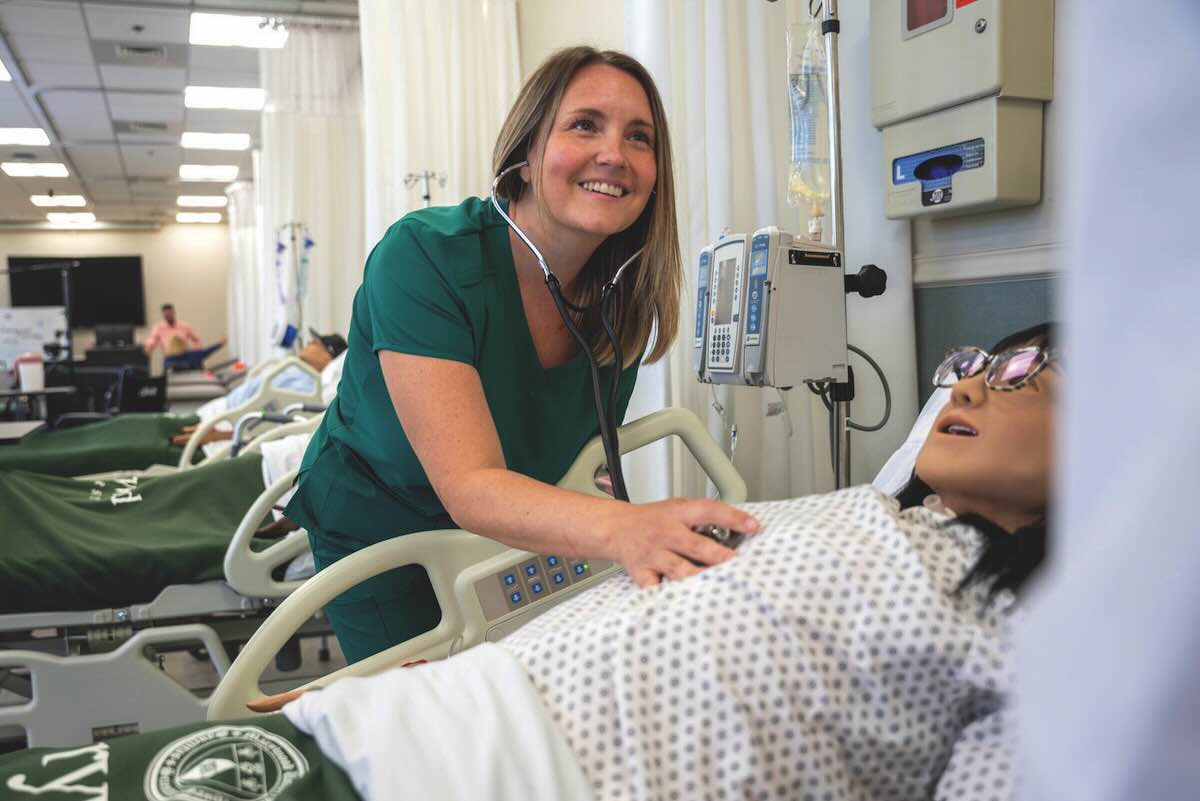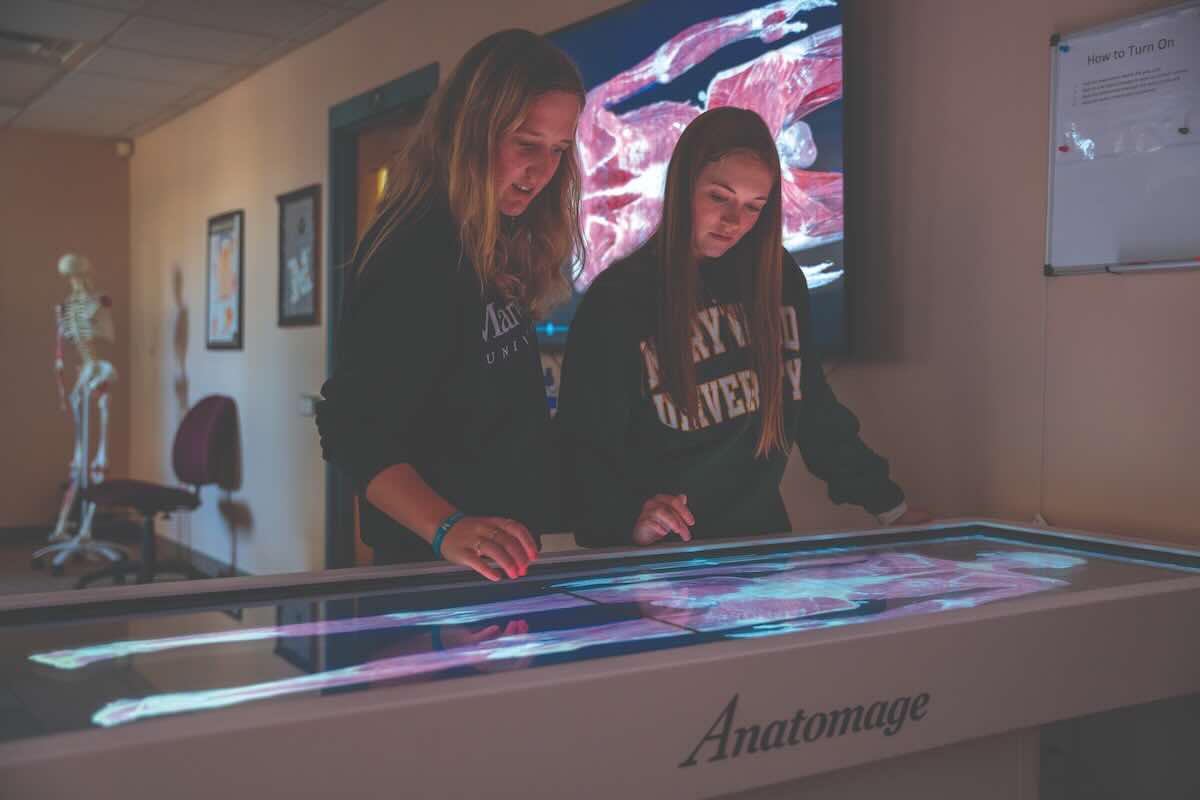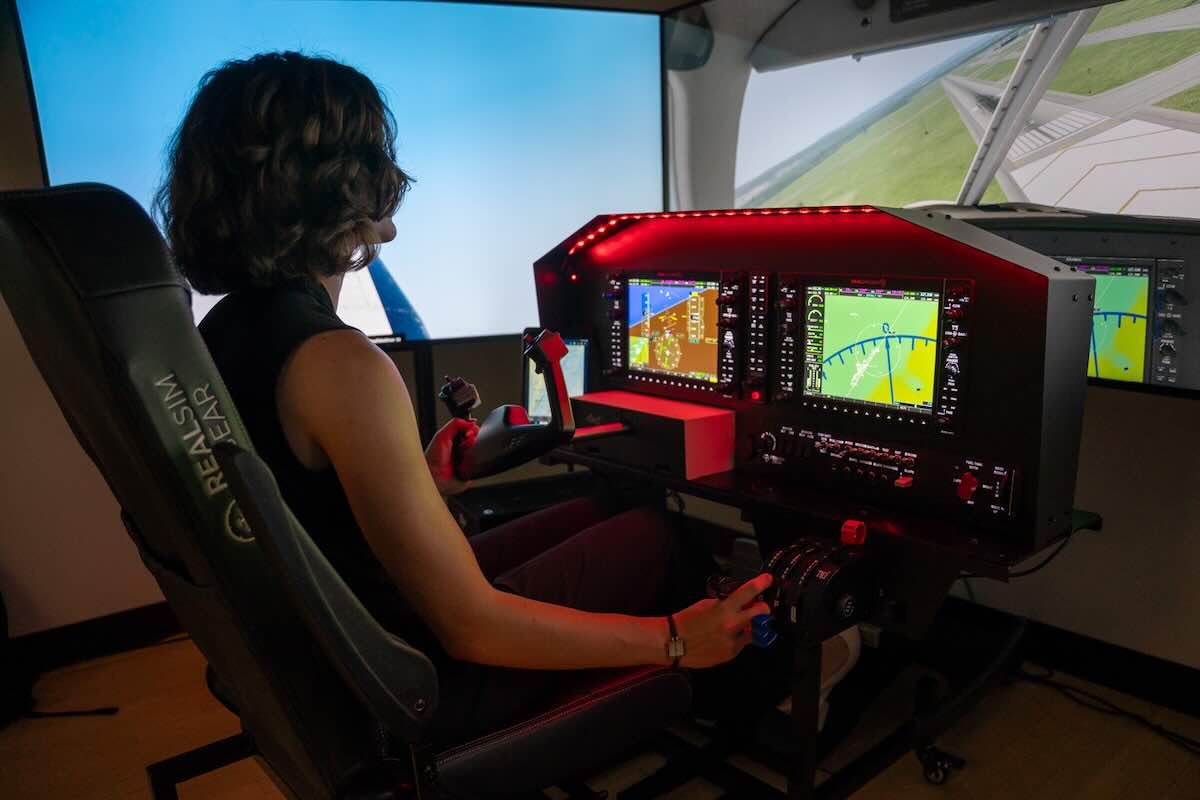Dear Marywood Community,
It is with great pride and profound optimism that I introduce Marywood University’s Strategic Plan for 2025–2030, Into the Future—a bold roadmap for our next chapter, shaped by the wisdom of our past, the promise of our present, and the transformative vision we share for the future.
Since our founding in 1915 by the IHM Sisters, Marywood has embraced a mission of faith, education, and service. We educate our students through this vibrant mission, which calls us to welcome, support, and empower every individual who walks through our doors.
That same spirit of purpose guides us now. Marywood is, and has always been, a community where people of all races, backgrounds, beliefs, identities, and experiences are not only welcomed, but cherished. This commitment to inclusivity is who we are. Our intrinsic values, grounded in Catholic Social Teaching and the Catholic Intellectual Tradition, inform the way we teach, lead, serve, and grow.
Lisa Lori, J.D.
President, Marywood University






